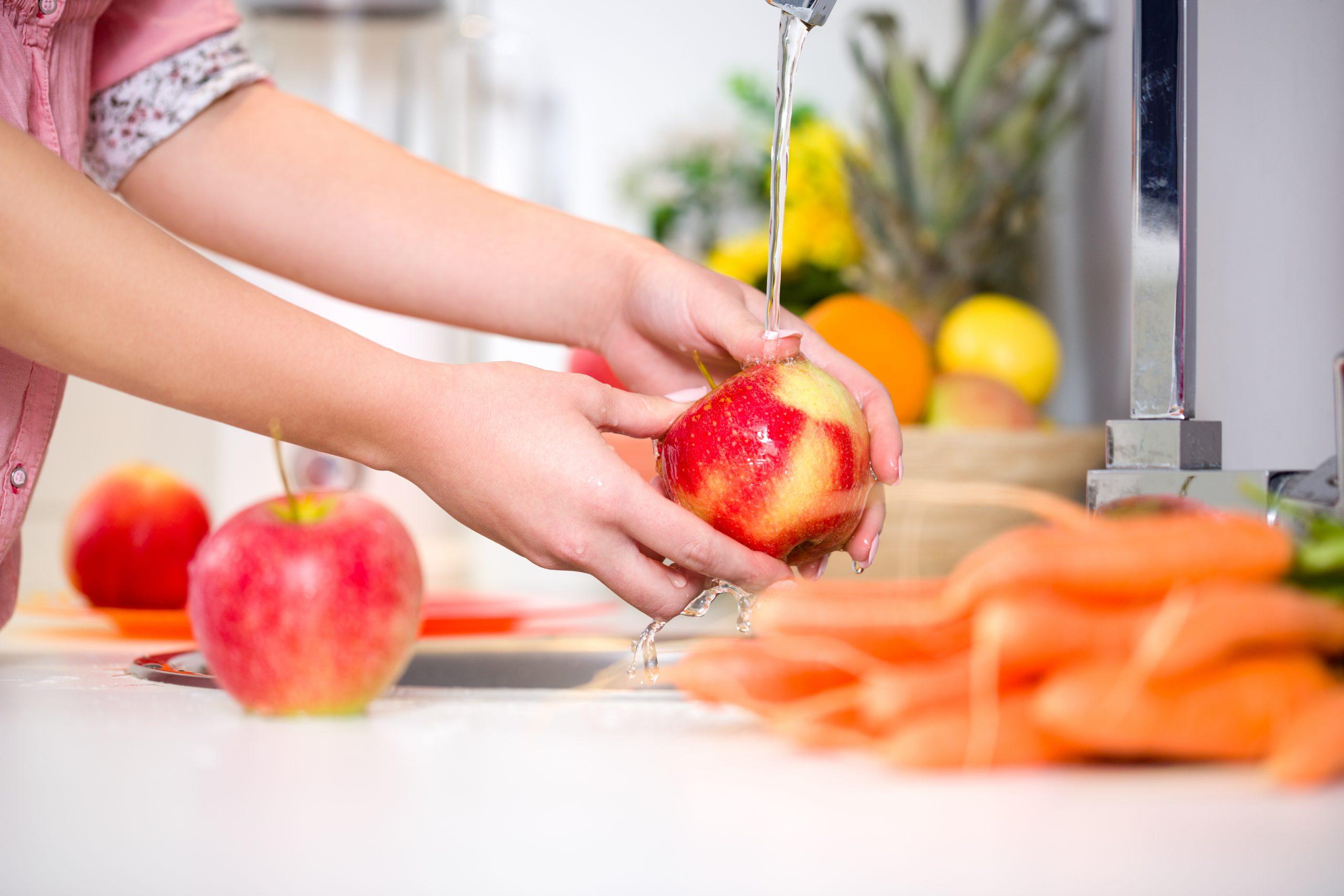Food and beverage disinfection solutions help remove the harmful pathogens and germs from the food and beverages, protecting the consumers’ health and preventing food borne diseases. These are mostly consumable disinfectants, which are not harmful when ingested and can be easily used in the method of food processing.
The global food and beverage disinfection market is foreseen to experience substantial growth due to several factors such as increasing cases of food borne health issues owing to the presence of radioactive elements, inorganic chemicals, and pathogens in food products. The market is also driven by the aspects like rising awareness among the people regarding food safety, high demand for usage of the non-thermal disinfection process, and advancement in technology.
In addition, supportive policies and regulations by the government on the food and beverage sector, increased adoption of advanced disinfection processes by the firms to improve and sustain high food quality are some more factors expected to bolster the global food and beverage disinfection market demand in the coming years.
In the past few years, the consumption of bakery and confectionery products such as cakes and buns has increased notably and so has the need for disinfectants to safeguard the item from harmful bacteria. An increasing number of restaurants and hotels are also using food and beverage disinfectants rigorously to maintain the hygiene of their food and are charging extra service prices, helping the overall market growth in terms of revenue.
The global food and beverage disinfection market is classified into methods, end-users, products, regions, and applications. Based on the product, the market is bifurcated into non-oxidizing and oxidizing disinfectants. Out of these, the oxidizing disinfectants segment is sub-divided into peracetic acid, iodophors, hydrogen peroxide, sodium hypochlorite, and chlorine dioxide. The non-oxidizing disinfectants segment is categorized into biguanides, alcohols, quaternary ammonium compounds, and triamines. In terms of methods, the global market is fragmented into UV technology, ozonation, carbonations, chlorination, pasteurization, coagulations, and steam sterilization. On the basis of application, the market is sectioned into packaging, processing, surfaces, and others. As per the end-users, the global market is fragmented into catering kitchens, retail distributors, food processing companies, beverages processing companies, and others.
Geographically, the global food and beverage disinfection market is dominated by North America with the highest market share within the forecast period, trailed by Asia Pacific. This is credited to the increasing awareness regarding food & beverage hygiene and consumption of fast food & processed foods by the people. Moreover, increasing health issues, improved tourist activities, and surging demand regarding processed food are also contributing to the regional growth.
Evoqua Water Technologies, Entaco N.V., Xylem Inc., Trojan Technologies, Suez, Halma PLC, Stepan Company, Fink Tec GmbH, Solvay SA, CCL Pentasol, Evonik Industries AG, and Advanced UV Inc. are some of the leading firms in the global food and beverage disinfection market.
To cite, Ecolab in 2020, took over CID Lines N.V, a global hygiene and livestock biosecurity solutions provider, based in Belgium. The acquisition was done to create a new animal healthcare section, aiming to enhance the hygiene solution in the food industry. And expand the company’s portfolio in Europe, with a huger customer base.
